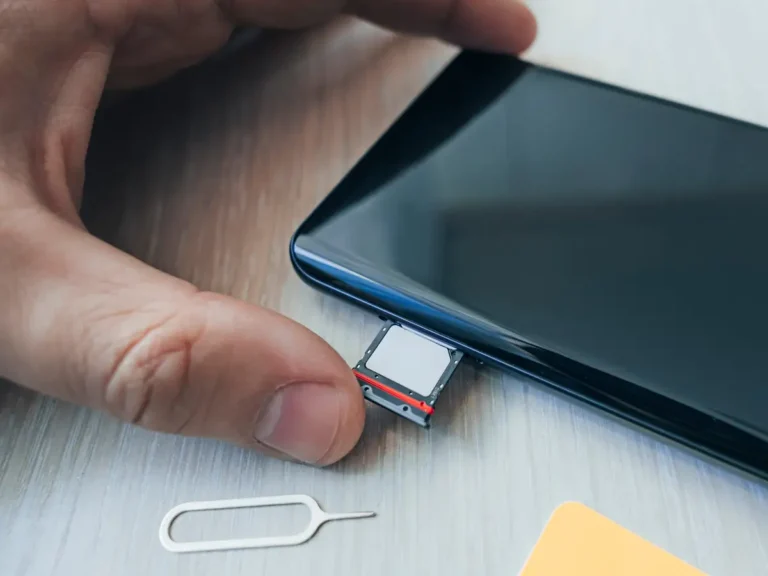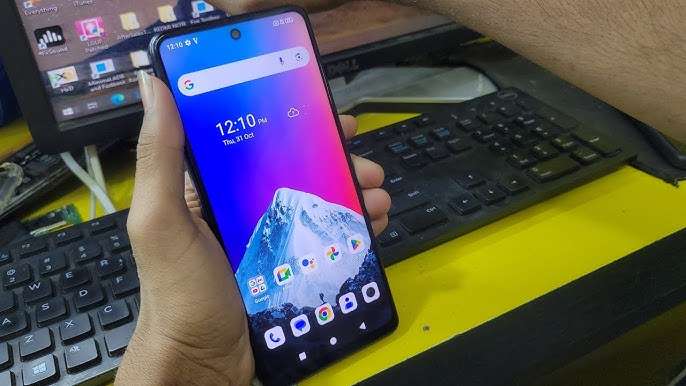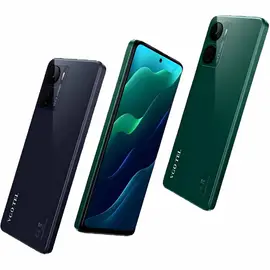
VGO TEL Note 23 Auto-Brightness Calibration Error – Complete Guide to Fix the Issue
|
Getting your Trinity Audio player ready...
|
Many VGO TEL Note 23 users have reported a frustrating issue where the phone shows an auto-brightness calibration error. This problem affects how the screen brightness adjusts to surrounding light. Instead of smoothly increasing or decreasing brightness, the phone may stay too dim, too bright, or change brightness abruptly. Since auto-brightness helps save battery and protects eyes, a calibration failure can seriously affect the user experience.
Auto-brightness works through the phone’s ambient light sensor, which detects lighting conditions and automatically adjusts the display. When this sensor malfunctions or the software controlling it glitches, the phone shows a calibration error. In most cases, the issue begins after a software update, a fall, sudden overheating, or long-term use without proper maintenance.
One of the major causes is software bugs. If the system file responsible for brightness control becomes corrupted, it stops communicating properly with the light sensor. This results in delayed response or incorrect brightness levels. Restarting the device sometimes helps restore normal behavior, especially if the issue started suddenly without physical damage.
Another cause is sensor obstruction. Many users unknowingly cover the top area of the screen with screen protectors, dust, or fingerprints. Even a tiny layer of dirt over the light sensor can confuse it. Cleaning the top bezel area gently with a soft cloth can instantly improve auto-brightness accuracy. If you recently applied a new screen protector and the issue started right after, the protector might be too thick or blocking the sensor opening.
For some users, low-quality third-party apps interfere with sensor performance. Apps that control brightness manually or add display filters override the system’s auto-brightness control. If auto-brightness works in Safe Mode but not in normal mode, then a third-party app is the culprit. Removing display filter apps, battery savers, or brightness enhancers usually solves the problem.
Outdated system software can also cause calibration errors. If your phone is running an older firmware version, the light sensor may not work properly. Updating the phone to the latest software ensures proper optimization and bug fixes. Software updates often include patches for sensor-related issues and improvements in brightness algorithms.
At times, overheating can temporarily disable or restrict sensor performance. Prolonged gaming, charging while using the phone, or running heavy apps raises internal temperature. When the phone overheats, the system reduces sensor accuracy to protect internal components. Allowing the device to cool and avoiding heavy usage during charging often restores sensor functionality.
Another possible reason is damaged hardware, especially if the phone has been dropped or exposed to moisture. The ambient light sensor is extremely sensitive. Even minor internal damage can cause incorrect calibration or complete sensor failure. Signs of hardware damage include constant wrong brightness levels, the screen going dim outdoors, or the brightness slider not responding. In such cases, professional repair or sensor replacement becomes necessary.
Sometimes, the auto-brightness calibration error appears because the system cache gets overloaded. Clearing the cache frees the sensor’s processing path and improves accuracy. Restarting the phone also refreshes system memory, which often helps recalibrate auto-brightness.
Rarely, the error occurs when the user manually changes brightness too frequently. The system keeps adjusting, which confuses the sensor’s algorithm. Allowing the phone to auto-adjust for some time helps the system relearn your brightness patterns.
In severe cases, performing a factory reset resolves the issue. This is the last resort, and you must back up your data first. A reset removes corrupted sensor files, broken settings, and conflicting apps that might be affecting brightness calibration.
To prevent future auto-brightness problems on the VGO TEL Note 23, users should maintain their phone properly. Keep the light sensor area clean, avoid thick screen protectors, update the software regularly, and avoid installing unverified brightness or battery apps. Also, try not to use the phone heavily while charging to reduce overheating damage.
The VGO TEL Note 23 auto-brightness calibration error can be caused by many factors software issues, dirt on the sensor, overheating, or hardware faults. By identifying the cause and following the right steps, users can restore smooth brightness adjustment and improve overall phone performance. If the issue continues even after troubleshooting, visiting an authorized repair center becomes necessary.



